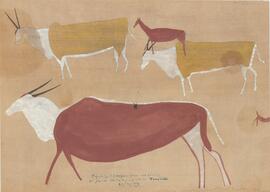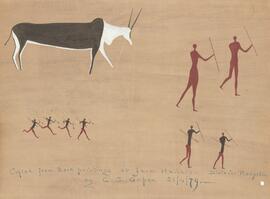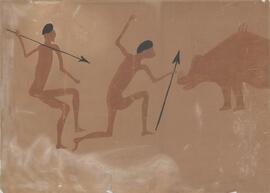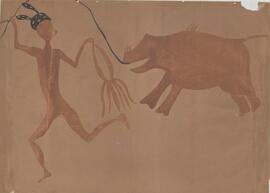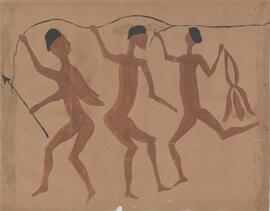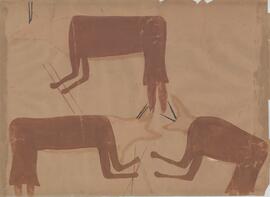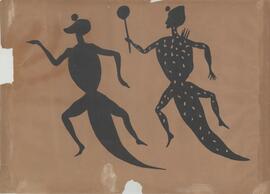Identity area
Reference code
IZI OPN
Title
Orpen
Date(s)
Level of description
Collection
Extent and medium
Collection of artifacts
Context area
Name of creator
Name of creator
Biographical history
Repository
Archival history
Immediate source of acquisition or transfer
Content and structure area
Scope and content
Appraisal, destruction and scheduling
Accruals
System of arrangement
Conditions of access and use area
Conditions governing access
Conditions governing reproduction
Language of material
- English
Script of material
- Latin
Language and script notes
Physical characteristics and technical requirements
Iziko Museums of Cape Town
Finding aids
Allied materials area
Existence and location of originals
Existence and location of copies
Related units of description
Notes area
Note
Background of the Recorder:Joseph Millard Orpen was born in Ireland in 1828. At the age of 20 he emigrated to the Cape Colony, where he took up sheep farming. It is believed that later he moved to the Orange Free State where he became a surveyor and politician.
Mr. Orpen copied rock art in the Orange Free State and in the Eastern Cape Colony, at the suggestion of George William Stow, a self taught geologist, who became an influential writer of the Southern Africa's indigenous peoples. Charles Sirr Orpen, one of Joseph Orpen's brothers, was a close friend of Mr. Stow, whom used notes by C.S Orpen in his book Native Races of South Africa.
Joseph Orpen, single handed tracked and found one of the last San of the Drakensberg, Qing. Both travelled and visited rock art sites in the region and during their discussions while sitting around a fire, Qing, provided insights on its meaning, which were the core for the San thought and art. Mr.Open recorded these diligently, and thanks to him, researchers today are able to understand the meaning of the art in the Region. Even though Orpen was of an imperial turn of mind, he was known to have the interests of the indigenous people at heart. In July 1874, Orpen published in the Cape Monthly Magazine 'A Glimpse into the Mythology of the Maluti Bushmen'.
Mr. Orpen copied rock art in the Orange Free State and in the Eastern Cape Colony, at the suggestion of George William Stow, a self taught geologist, who became an influential writer of the Southern Africa's indigenous peoples. Charles Sirr Orpen, one of Joseph Orpen's brothers, was a close friend of Mr. Stow, whom used notes by C.S Orpen in his book Native Races of South Africa.
Joseph Orpen, single handed tracked and found one of the last San of the Drakensberg, Qing. Both travelled and visited rock art sites in the region and during their discussions while sitting around a fire, Qing, provided insights on its meaning, which were the core for the San thought and art. Mr.Open recorded these diligently, and thanks to him, researchers today are able to understand the meaning of the art in the Region. Even though Orpen was of an imperial turn of mind, he was known to have the interests of the indigenous people at heart. In July 1874, Orpen published in the Cape Monthly Magazine 'A Glimpse into the Mythology of the Maluti Bushmen'.
Note
Collection obtained from: Iziko Museums of Cape Town
Note
Collection owner image: OPN.jpg
Alternative identifier(s)
Access points
Subject access points
Place access points
Name access points
Genre access points
Description control area
Description identifier
Institution identifier
Rules and/or conventions used
Status
Level of detail
Partial

